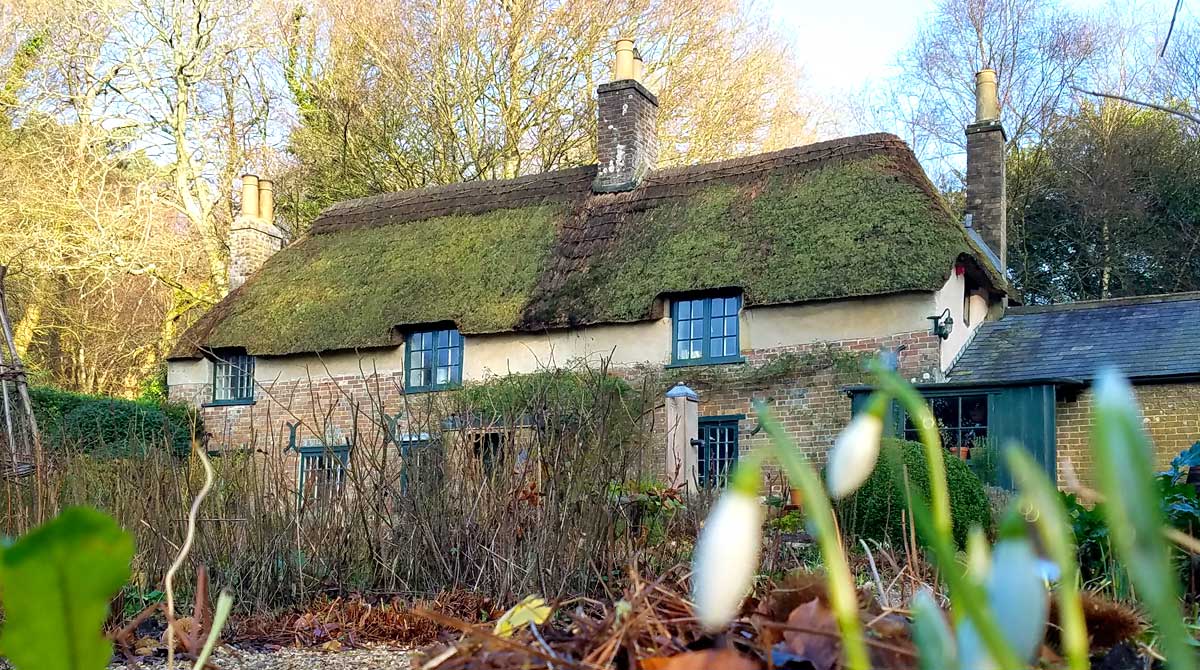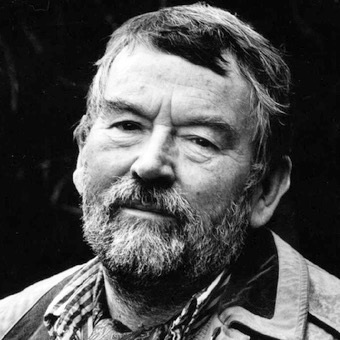The county of Dorset is well represented in books and films.
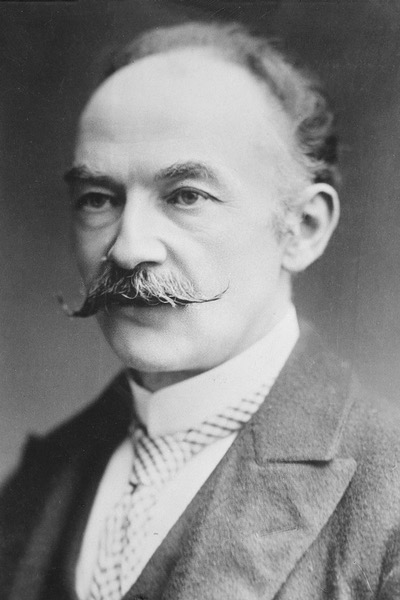
Thomas Hardy
Probably Dorset’s most famous son is Thomas Hardy, who was born at Bockhampton, in Stinsford Parish, near Dorchester on 2nd June 1840.
His father, also called Thomas, worked as a stonemason and local builder until his death in 1892. His mother Jemima was well-read. She educated Thomas until he went to his first school at Bockhampton at age eight. She died in 1904. For several years, Thomas (jnr.) attended Mr. Last’s Academy for Young Gentlemen in Dorchester. Here he learned Latin and demonstrated academic potential. In 1856 he was indentured to Mr. John Hicks as an apprentice architect, working in Dorset but moving to in London from 1862. In 1867, Thomas fell ill and returned to Dorset to recuperate and worked for Mr. Hicks once again.
Thomas Hardy wrote his first novel in 1868, which was not a success, and so he destroyed it. Continuing his work as an architect, he was asked to work on the restoration of St. Juliot Church, near Boscastle in Cornwall, in 1870. It was while working here that he met and fell in love with Emma Lavinia Gifford. Undeterred by his initial failure to get published, Thomas continued writing, and in 1871 his novel Desperate Remedies was published. A year later Under the Greenwood Tree was published, followed quickly by A Pair of Blue Eyes in 1873, written as a serial for a magazine. At this time, Thomas was becoming well known and the sales of his books made him feel confident enough in his writing ability to give up his occupation as an architect. In 1874 Thomas wrote Far from the Madding Crowd, and it was the money from this novel that allowed him to ask for Emma’s hand in marriage.
For the next three or four years the Hardy’s lived in a number of places including South London and Swanage. In 1878 Thomas wrote The Return of the Native followed by The Trumpet Major in 1881. Now a successful novelist Thomas and his wife moved back to Dorset in 1883. He designed and built Max Gate and lived there from 1885 until his death in 1928. While at Max Gate, probably his most famous work – The Mayor of Casterbridge was published (1886), followed by Tess of the d’Urbervilles in 1891 and Jude the Obscure in 1895. Emma died in 1912 and Thomas married again, to Florence Dugdale, in 1914.
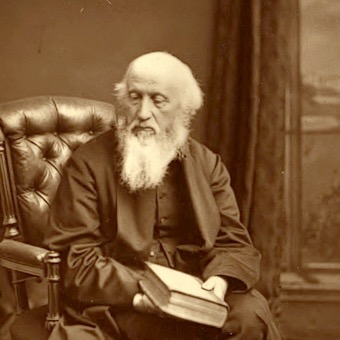
William Barnes
MY ORCHA’D IN LINDEN LEA
‘Ithin the woodlands, flow’ry gleaded,
By the woak tree’s mossy moot,
The sheenen grass-bleades, timber-sheaded,
Now do quiver under voot;
An’ birds do whissle over head,
An’ water’s bubblen in its bed,
An’ there vor me the apple tree
Do lean down low in Linden Lea
William Barnes, the Dorset poet, was born at Bagber near Sturminster Newton in 1801. From quite humble beginnings, he worked as a solicitor’s clerk until 1823, when he became a schoolmaster. William ran a school in Dorchester between 1835 and 1862, and in 1844, his Poems of Rural Life: In the Dorset Dialect… was published, making him quite well known in the county. His most famous work is probably Linden Lea. In 1827 William Barnes married Julia Miles, and they had five children. Her death, in 1852, affected him deeply; many of his poems describe his love for her. In 1848, he was ordained in 1848 and was appointed curate at Whitcombe near Dorchester. In 1862, aged 61, he became rector of the hamlet of Winterborne Came, near Dorchester – a post he held until his death in 1886.
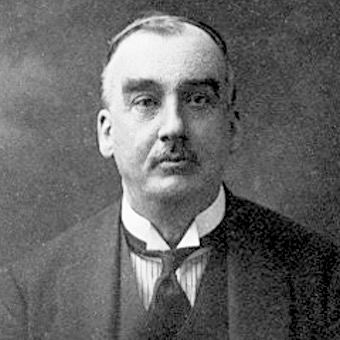
John Meade Falkner
John Meade Falkner, the novelist and poet, is probably best known for his 1898 novel, Moonfleet. He was born at Manningford Bruce in Wiltshire, but spent much of his childhood in Dorchester and Weymouth. The novel is a tale of smuggling in the mid 18th century set around the fictional coastal village of Moonfleet, in reality Chesil Beach and Portland.
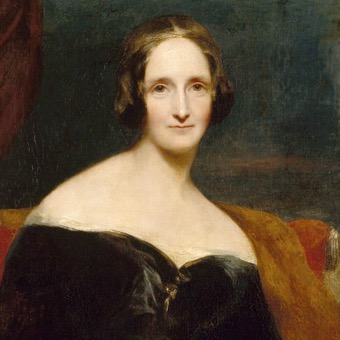
Mary Shelley
Mary Shelley, the author of Frankenstein, is buried at St. Peter’s Church, Bournemouth.
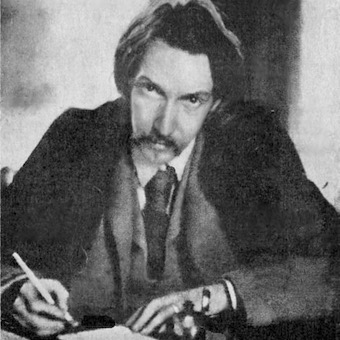
Robert Louis Stevenson
Robert Louis Stevenson lived in Bournemouth for a couple of years in the 1880’s and wrote Kidnapped in a house on Alum Chine Road.
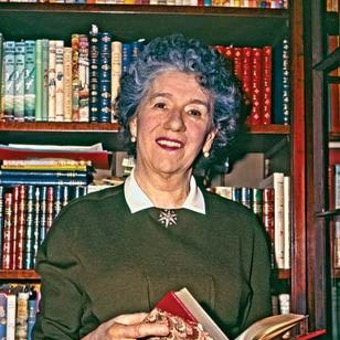
Enid Blyton
Enid Blyton wrote many of her Famous Five books in and around the Isle of Purbeck.
Five on Kirrin Island Again, is loosely based on Corfe Castle and Mystery Manor is based on Stoborough.
